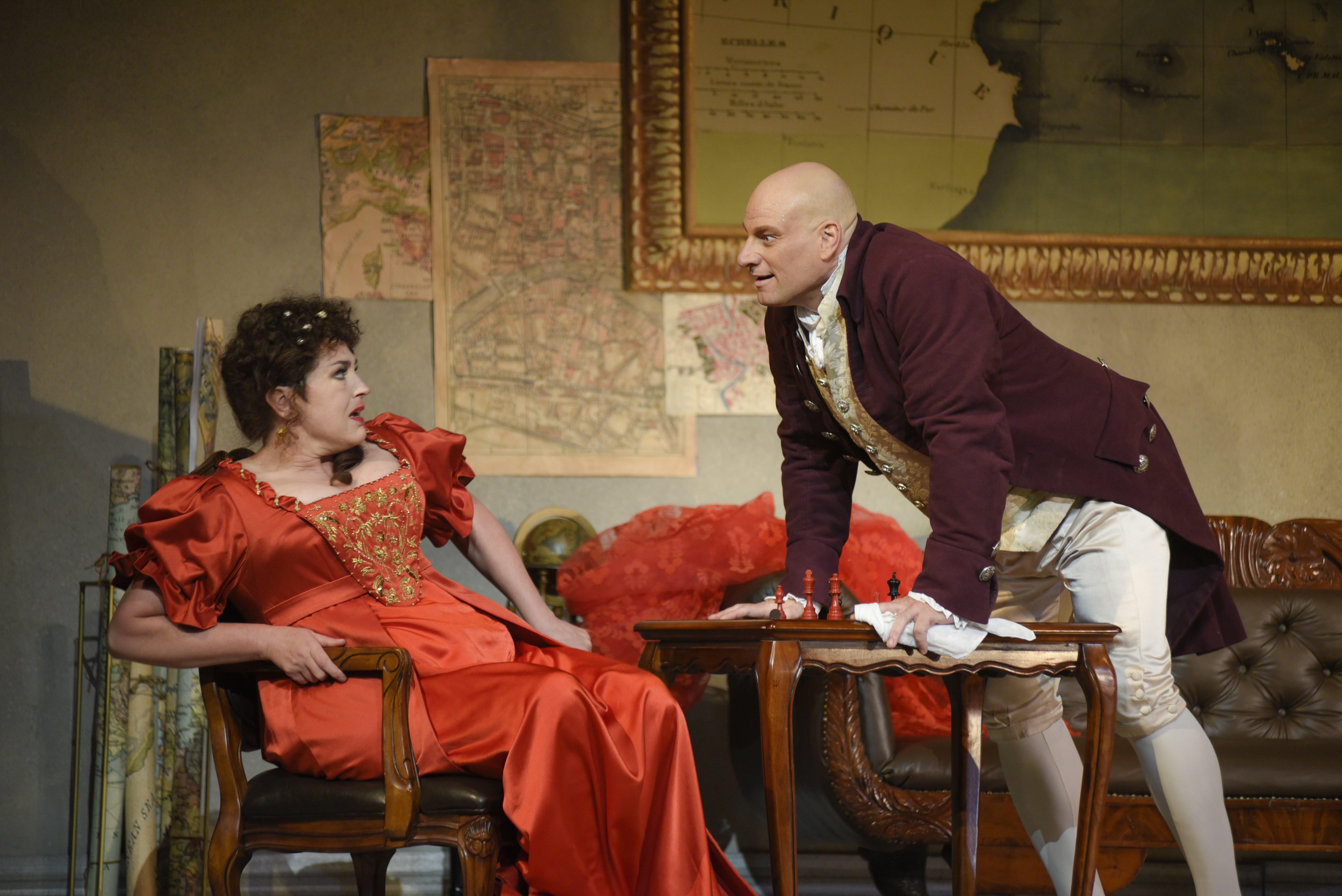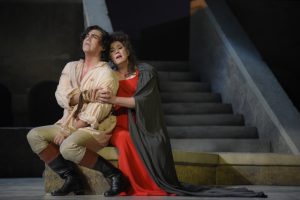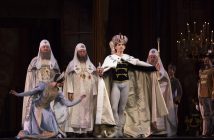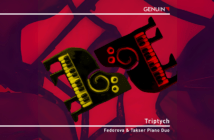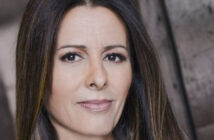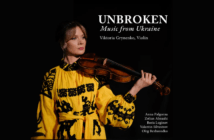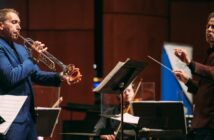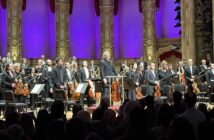-
Staging4.5
-
Singing4.5
-
Conducting/Orchestra4.5
A splendid new co-production of Puccini’s Tosca by Opéra de Montréal and the Cincinatti Opera broods on the terrible power of art, eros, and the state.
Compassion is the yin to power’s yang. Compassion cannot enact the relative freedom and justice of the “good” state without sword, cannon, or intercontinental ballistic missiles.
The paradox of civilization is that the power required to achieve, maintain, and protect it requires physical coercion, inculcated virtue, and the fictions of law, money, state, religion, and human rights. Compassion is the yin to power’s yang. Compassion cannot enact the relative freedom and justice of the “good” state without sword, cannon, or intercontinental ballistic missiles.
Consider the complex power relations of Game of Thrones, or the current standoff with North Korea. Survival is everything, and the cost may be calamitous. When the Roman empire fell, an entire system of government, law, economics, culture, art, science, and technology fell with it. People lost the recipe for cement.
Blackmail, murder, and arias
It’s 1800 and we’re in the midst of the Napoleonic wars, during the Battle of Marengo, where the French army decisively defeats the Austrian army and threatens the Kingdom of Naples. Artists, liberals, and freethinkers welcome Napoleon as liberator. Royalists, conservatives, and all those beholden to the established order, do not.
In Rome, the celebrated diva, Floria Tosca, the brilliant painter (and Tosca’s lover) Mario Cavaradossi, and the depraved Chief of Police, Baron Scarpia, form a trifecta of art, eros, and the infected fingers of corrupt state power. Tosca loves Cavaradossi, who protects Angelotti, an escaped prisoner and former Consul of the defeated Roman Republic. Scarpia tortures Cavaradossi for information on the whereabouts of Angelotti. Scarpia demands sex from Tosca. In exchange, he will mock execute Cavaradossi, and allow the two lovers to escape Rome. Tosca gets her guarantee, then stabs Scarpia in the heart. But Scarpia enjoys his postmortem revenge: he ensures that actual bullets kill Cavaradossi. Tosca jumps from a tower to her death.
Within this swirling imbroglio, the musical and dramatic intensity of Tosca is richer than panettone doused with amaretto in crema di mascarpone. No flat screen or playback device can match the eviscerating power of a committed live performance of this opera’s poignant melodrama. Our hearts sink when Tosca falls to the stage floor and sings the ravishing despair of “Vissi d’arte, vissi d’amore” (“I lived for art, I lived for love”)—while Scarpia hovers over her in cruel triumph and lustful expectancy. And when, in a gesture of piety, Tosca lays a cross on Scarpia’s dead body with the words: “È morto! / Or gli perdono! / E avanti a lui tremava tutta Roma!” (“He is dead! / And now I pardon him! / All Rome trembled before him!) the fusion of revenge, justice, and Christian forgiveness denotes a transcendence in which the dagger and the cross become one.
Puccini’s “shabby little shocker”
Italian composer Giacomo Puccini (1858–1924) is the most beloved composer of opera in the world. In the United States one quarter of all opera performances are of his operas. La Bohème (1896), Tosca (1900), and Madama Butterfly (1904) dominate the stage. From movie soundtracks to elevators, his music pervades the culture. But a strange tradition of critical snobbery and cultural marginalization spaniels his work.
As recently as 1956, one musicologist called Tosca “A shabby little shocker,” “depraved,” and “false through and through.” Certainly it’s shocking by the standards of 1900 or 1956; but in the 2017 media, arts and entertainment ecosystem, it’s rather less shocking than an episode of The Walking Dead, or a video by Rihanna. And shabby? Well, compared to the best of Verdi or Wagner, it is rather over the top emotionally, though not mean or shameful. But depraved and false? Tolstoy judged Shakespeare as such.
The truth is, that Puccini is a true artist, one who largely ignored the trends of his day. He knows exactly what he is doing. And his instincts drive him straight into the abyss of art, from where he returns to tell us what he saw (and heard) there. Thus, audiences fall in love with Puccini in the same way that they fall in love with Shakespeare: exciting drama and surface beauty beguile the casual beholder; but psychological and metaphysical insight persuade the wise.
Here Comes Everybody
Melody Moore-Wagner captured Puccini’s passionate melodrama con brio, fragility, and resolve. The light and the dark in her voice seemed to pluck notes out of the air, then play with them like butterflies or bullets.
We’re lucky here in Montreal to have a first-rate opera company, willing to please us with the classics as well as take on new fare. In addition to season opener Tosca, Opéra de Montréal’s 2017–2018 season features Rossini’s Cenerentola and Gounod’s Roméo et Juliette—as well as Sokolovic’s Svadba and Little and Vavrek’s JFK. Judging by the packed house for Tosca last night, which held a Here Comes Everybody cross section of humanity, opera may well successfully advance its troops into its second 400 years.
American soprano Melody Moore-Wagner gave us an interpretion of Floria Tosca that captured Puccini’s passionate melodrama con brio, fragility, and resolve. The light and the dark in her voice seemed to pluck notes out of the air, then play with them like butterflies or bullets. Chilean tenor Giancarlo Monsalve, as Mario Cavaradossi, frequently struck gold, culminating in the famous leitmotival “E lucevan le stelle” (“And the stars shone”), sung in the third act, where the doomed artist and lover appears to know his fate, while singing the heart-rending words “Never have I loved life so much.” As Baron Scarpia, Canadian Gregory Dahl imbued his role with shuddering authority. Dahl’s commanding voice and presence have earned him deserved prominence among the baritones of his generation.
With dexterously gauche and sometimes comic bass phrasing, American Valerian Ruminski sparked the maladroit, browbeaten soul of the Sacristan (church attendant) to life. Canadian baritone Patrick Mallette epitomized injured nobility as the fallen Consul Angelotti, giving the role its customary heroic vigour. And as Scarpia’s minion, Spoletta, Canadian tenor Rocco Rupolo expressed his dogsbody obeisance to Beelzebub with just the right measure of Adolf Eichmann and the banality of evil.
Italian conductor Giuseppe Grazioli led Montréal’s Orchestre Métropolitain through Puccini’s pungent and highly emotional score with taste, judgement, and sensibility—and a sure sense of when to push taste into the gutter in order to achieve a desired aesthetic effect. The polished but unflashy stage direction of Andrew Nienaber, a rising star in the United States, helped, as did the splendidly apt, precise, and evocative sets and costumes, devised by the brilliant Robert Perdziola.
Tower, dagger, cross
Opéra de Montréal’s publicity poster for Tosca shows us the silhouette of a woman falling from a tower shaped like a dagger. In European myth and folktale, the tower symbolizes confinement, entrapment, bondage (Rapunzel, Rapunzel, let down your hair). In the opera’s final bars, as Tosca evades Spoletta and leaps to her death, Cavaradossi’s leitmotival theme “E lucevan le stelle” is played tutta forze (as loudly as possible). This final repetition of the opera’s blackest theme, tells us that Tosca, pious murderer, has at last merged with her lover, the noble and courageous painter and patriot Cavaradossi, in death, in dark liberty, and perhaps in his Republican or her Christian heaven.
The best opera, I think, expresses a moral intelligence that transcends mere words, plots, libretti. We feel this moral intelligence in the music itself. Behind the often absurd plots, the histrionic acting, the artifice and the stylization, emotional truth lurks like an angel or a raving god.
Civilizations come and go. Generations live and die. Napoleons unite or divide, conquer or liberate the world. All that remains is art.
Tosca, by Giacomo Puccini, at Montréal’s Salle Wilfrid-Pelletier, Place des Arts, continues September 19, 21, and 23, at 7:30 pm. Visit: www.operademontreal.com

